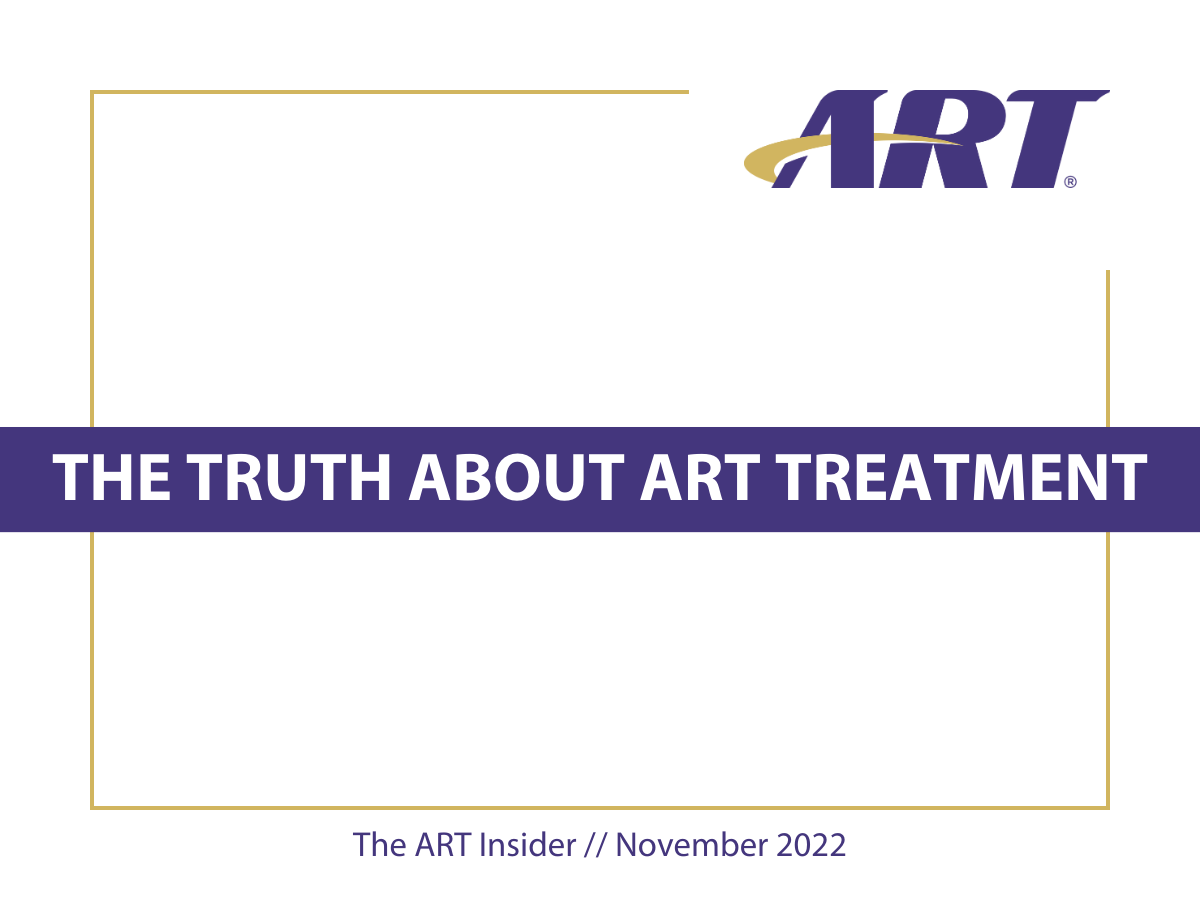The Truth About ART Treatment Revealed
By Dr. Alesha Willis
As someone who has been practicing and teaching Active Release Techniques® (ART®) for 15 years, I have heard and taught about the concepts of ART treatment many times. These concepts range from the process that occurs to cause an issue for a patient, to how to use protocols to correct the issue.
The funny thing is, until we began developing the updates to the Level 1 and Nerve seminars, I did not truly and fully grasp the mechanisms that occur to cause a problem in tissues and further, why ART treatment is so great at fixing these things.
As I worked alongside Dr. Jason Pajaczkowski and Dr. Leahy on the new introductions to the manuals, it all started making sense. I now have a better understanding of the mechanisms behind soft-tissue injury and what it is that we are doing to help the problem. Much of this is due in no small part to the amount of research that has been done in recent years and the way that Dr. Pajaczkowski was able to sift through it all to put it in a neat bundle that is now in the introduction of the ART seminars.
I must admit that I am not that great at reading research. It takes me a while to go through and break it down into something that I understand and can teach to seminar attendees. Both of those things are important, so I would like to take a moment to give you the breakdown of some of the research. Why, you ask? It is incredibly important for practitioners to understand how a problem develops in soft tissue, what we are looking for, and why ART treatment works.
Please keep in mind that this is the “in a nutshell” breakdown of a really big picture. There is a lot more in the full introduction for those of you who like to delve deeper into research.
To start, let’s remember that Dr. Leahy is a pilot who flew fighters in the Air Force. During that time, he realized that a single-loop feedback control mechanism that governs flight also exists in the human body. By looking at them both, he was able to understand what was happening with patients.
A few factors affect this control system: damping coefficient (think adhesions, friction, moments of inertia) and forcing function (voluntary contraction). What does this have to do with anything? Well, when a myofascial tissue (muscle, tendon, ligament) is injured, the damping coefficient increases, meaning the time it takes to achieve a position is increased. For example, I did too many lunges in my workout yesterday, and now it takes me longer to stand up and walk or sit down normally.
Patients will compensate for an increase in the time it takes to achieve a position by increasing the force of movement (they must work harder to get into a position), resulting in even more soft-tissue loading and more soft-tissue injury.
At this point, injured tissue will increase its stiffness/damping coefficient by using two well-known cells: fibroblasts and myofibroblasts.
Fibroblasts will change shape or remodel in response to tension which helps actively regulate the viscoelasticity of connective tissue. In response to tension, fibroblasts must change their shape so they can relax connective tissue. If they lose the ability to change their shape, it will result in stiff tissue with tension that is palpable.
Remember, when we have stiff tissue, the damping coefficient increases, movement slows, and we compensate by working harder (increasing muscle contraction in order to achieve a position).
Myofibroblasts can dynamically alter tissue stiffness and the damping coefficient. They are sensitive to oxygen levels, autonomic activity, inflammatory cytokines, mechanical tension, and they are capable of long-lasting isometric contractions.
The above results in an increase in tension and stiffness that can be palpated by practitioners. And guess what? Research has shown that there is a decrease in force, effect, and thickness in response to myofascial therapy such as ART treatment.
Research authors also postulate that decreasing new collagen formation is important for limiting scarring and fibrosis. This is because too much tension can cause an imbalance between the removal and production of collagen. An excess in collagen production from uncontrolled stress (continued breakdown of tissue) is responsible for adhesions and explains why ART treatment is beneficial.
Our goal in every ART seminar is to teach attendees to palpate, differentiate, and treat the affected tissues that are causing the problem. We help people in a unique way, and my goal is to help others learn how to do this so more people can receive help with troublesome issues.
I will say one more time, this is just a small, broken-down portion of the full introduction that Dr. Pajaczkowski put together, but I hope it helped bring some clarity.
Sources for this section of the intro:
Gracovetsky, Bouffard, Schleip, Porter, Wipff, Langevin.
